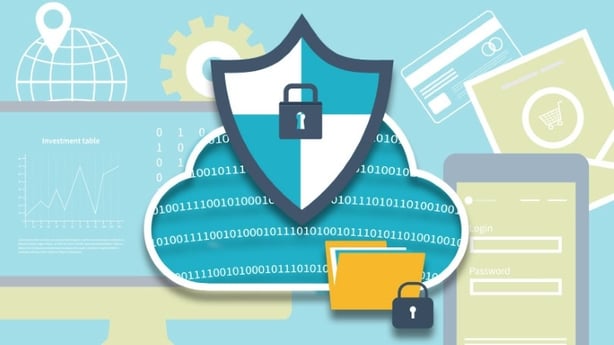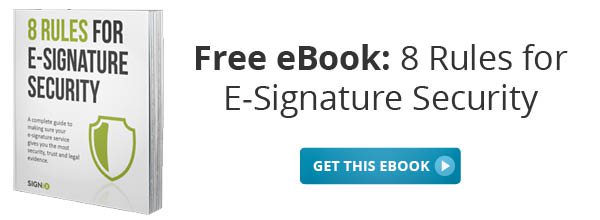
As 2016 nears its end, many people are curious about the technology initiatives we’ll see in 2017. At SIGNiX, we expect two elements to drive tech trends in the new year: continued adoption of mobile services and improved security of data privacy.
Let’s take a look at how mobility and security may play out in 2017:
Mobility
From the healthcare industry to financial services—and really in any other industry—today’s consumers demand mobility. People are busy and have a “right here, right now” mindset. To get business—and keep it—companies need to make it easy for customers to work with and access them from anywhere.
For example, healthcare providers are finding ways to treat patients remotely. We’ve seen the implementation of telehealth, which allows a patient to seek treatment from virtually anywhere via phone or video-conference. In financial services, lenders must be able to issue a loan within minutes to stay competitive. And in 2017, we will likely see even more companies offer mobile solutions for products and services.
Why?
Because leading businesses know that consumers come first, so companies of all sizes must be innovative and adaptive to deliver the service clients want and need.
Electronic and Webcam Notarizations
For as long as notarizations have existed, the process involved one party travelling to a second party to have a document notarized. However, notarizations can now be performed electronically using digital signature technology—and in some states, remotely by leveraging audio-video technology.
An electronic notarization functions the same way as a paper notarization except the document is notarized digitally using the notary’s e-signature. The signer must still appear in person before the notary before signing the document, but the digital process reduces paper and manual processing and distribution costs.
A webcam “remote” notarization allows the person signing the document to appear in front of a notary using recordable audio-video capabilities. Video conferencing enables notaries to witness the signature, and then they use digital e-notary technology to notarize documents electronically. Because webcam notarizations are done completely online, notarizations can be performed anywhere, anytime—even after regular business hours.
And, with big financial names—like Fannie Mae and Quicken Loans—in support of electronic and remote notarizations as noted in this white paper published by the National Notary Association, we expect these digital processes to gain traction in 2017.
Security
Enhanced security will be a major tech trend in 2017. There were 781 U.S. data breaches in 2015, and there have been nearly 900 data breaches to date in 2016, according to the Identity Theft Resource Center. Combine that with the increasing stories about fraud—such as Wells Fargo’s creation of millions of fraudulent accounts—and it’s understandable why organizations and industry leaders are focused on protecting their private information.
For quite some time, businesses—including our clients—have expressed their desire for technology that is quick and easy to use. However, we’re now seeing that demand go in a slightly different direction. Our e-signature clients now want their users to go through additional steps in the identity authentication process. Why? Because it further protects the customer, which also protects the company.
We can expect to see more companies moving away from using a password as the only form of protection, incorporating more sophisticated tools for identity authentication. After all, 68 percent of consumers want companies to provide an additional layer of protection, according to a Telesign report.
Knowledge-based authentication (KBA) is a type of identity authentication that involves answering questions pulled from public record databases. It’s one of the strongest forms of stand-alone identity authentication, and it has been implemented in many industries as an added security measure.
Undoubtedly, we live in a digital world where technology can improve efficiencies and increase security. So, how will your business leverage technology to maximize mobility and security in the new year?
To learn how digital signatures increase security, download this free white paper.
%20formatted-1.png?width=2528&height=739&name=SIGNiX%20Logo%20Main%20(white)%20formatted-1.png)

